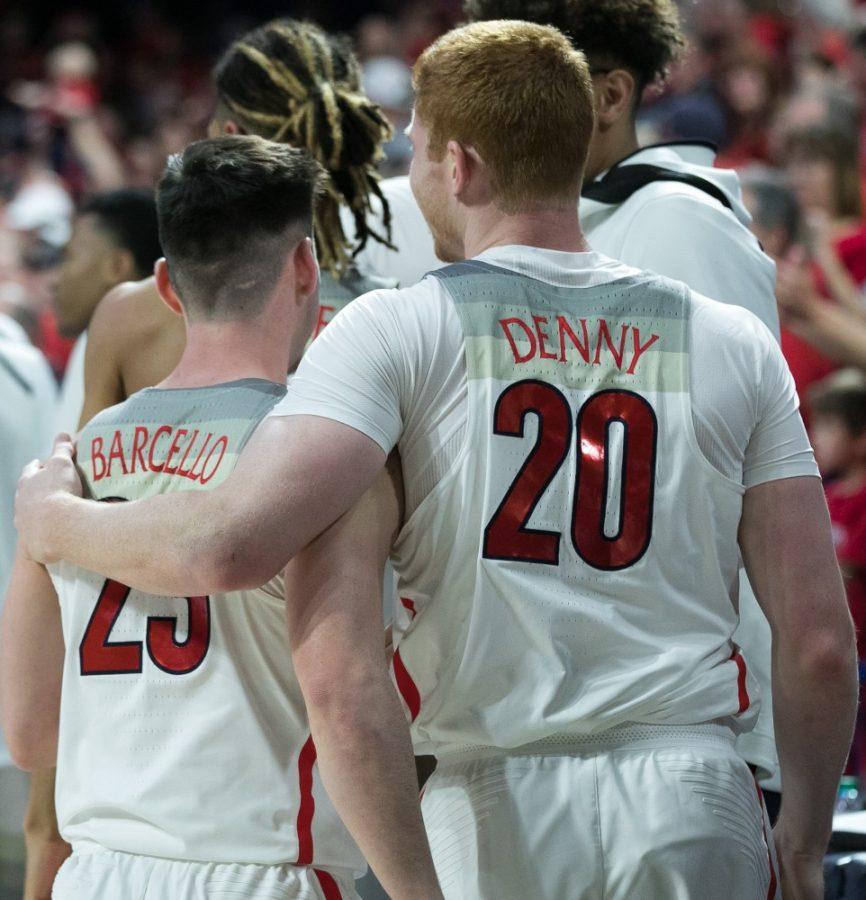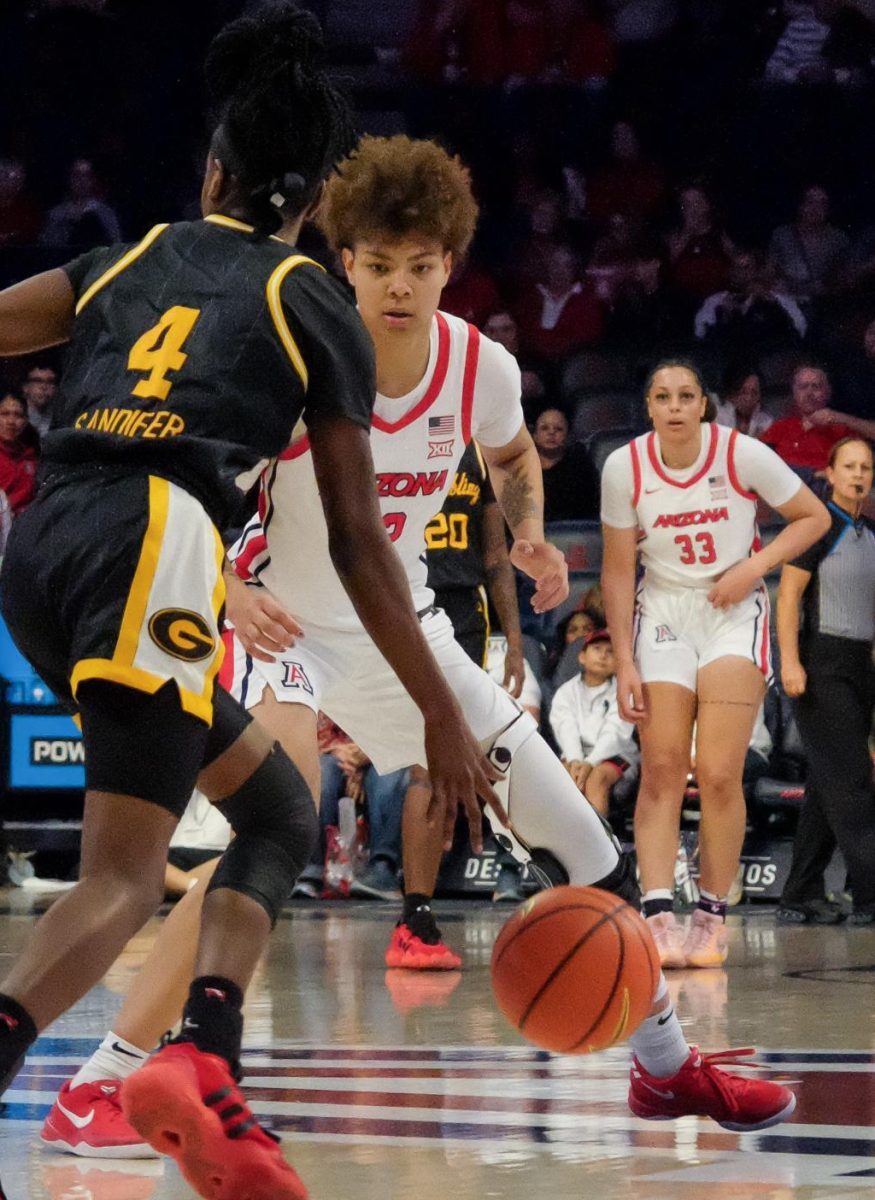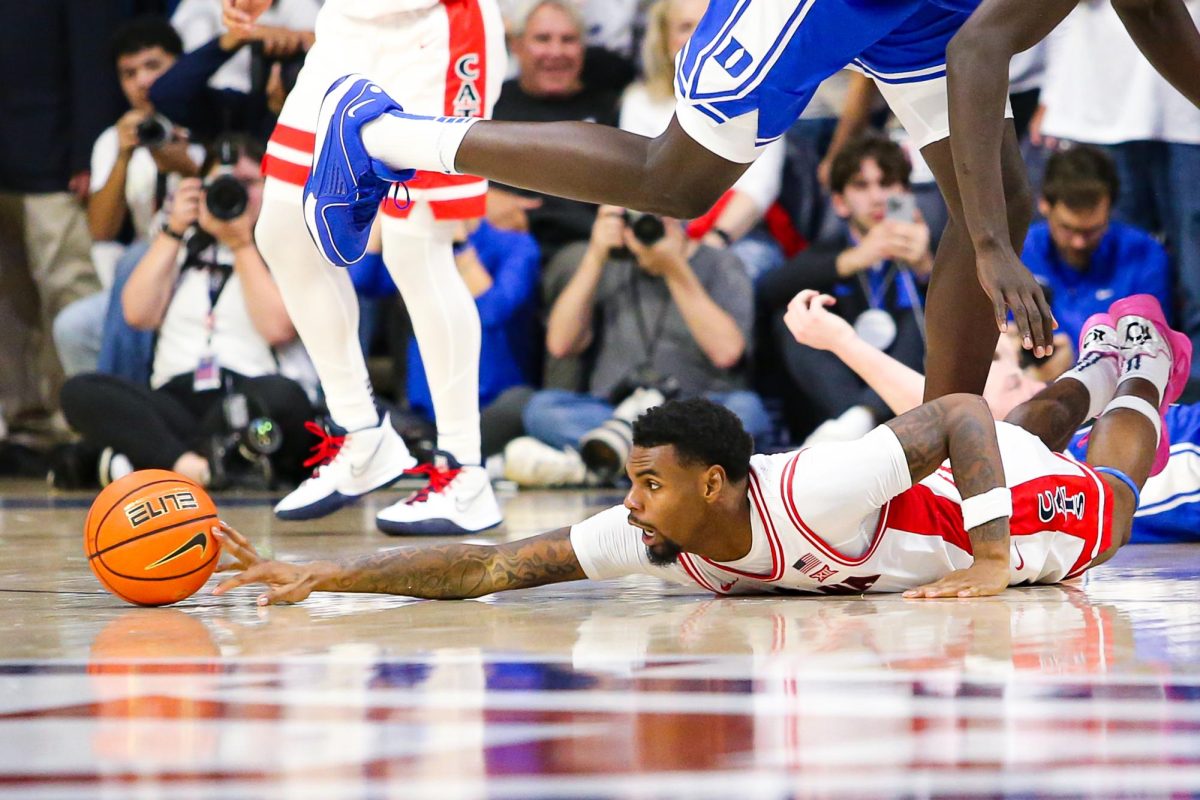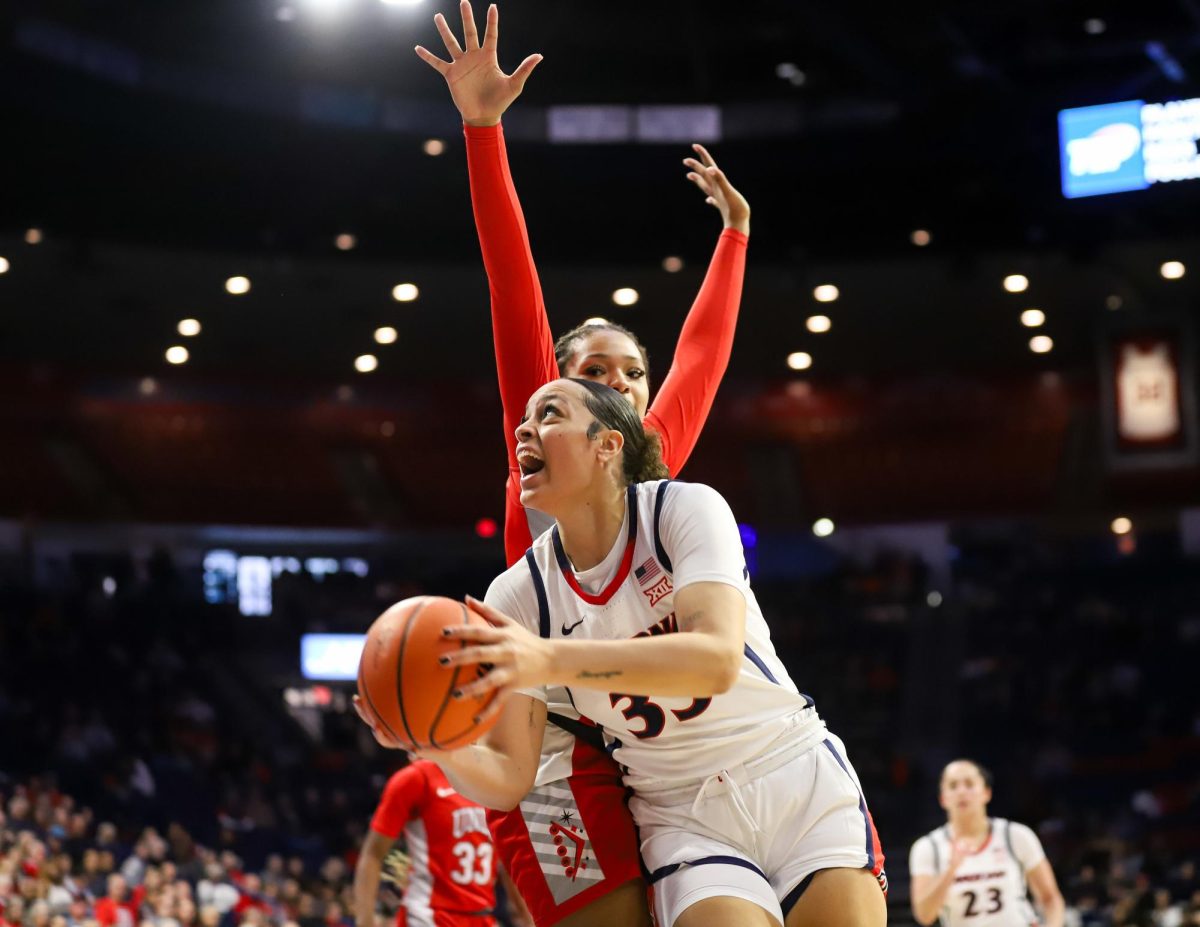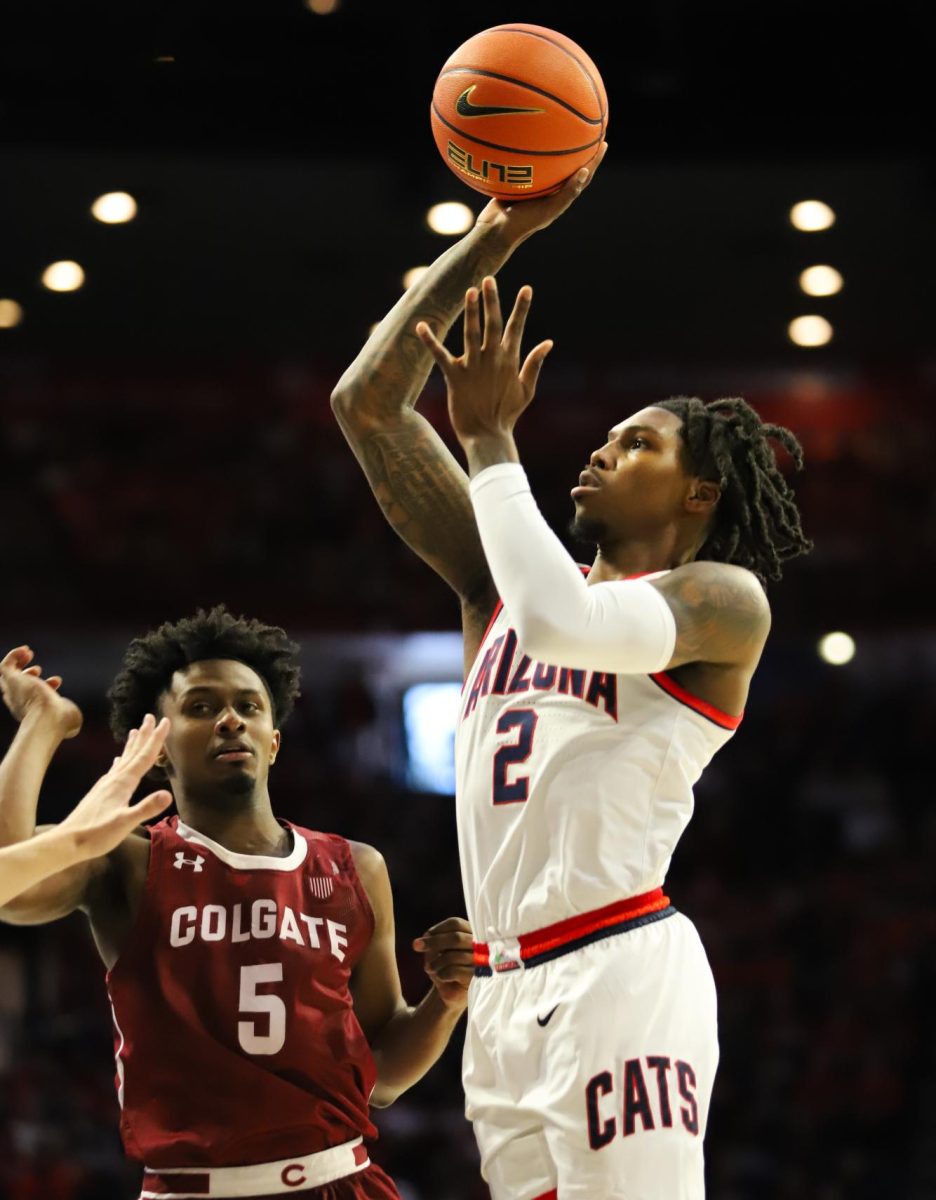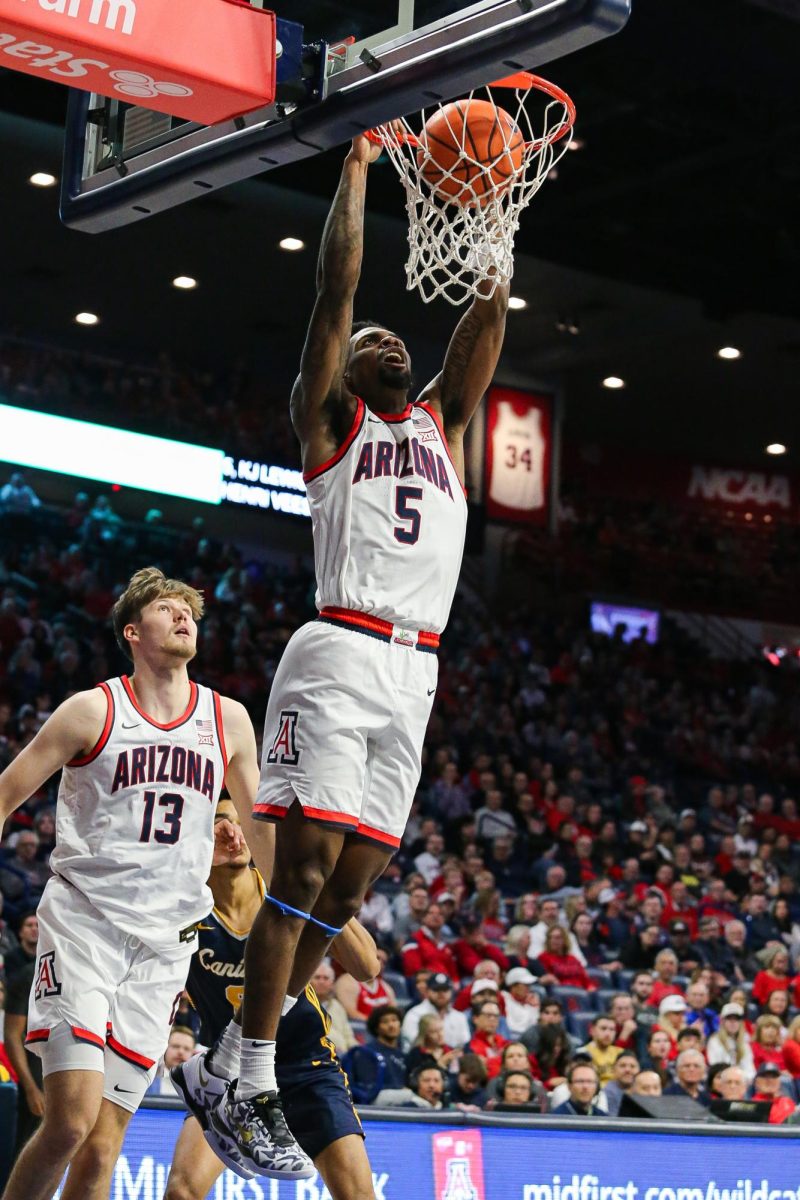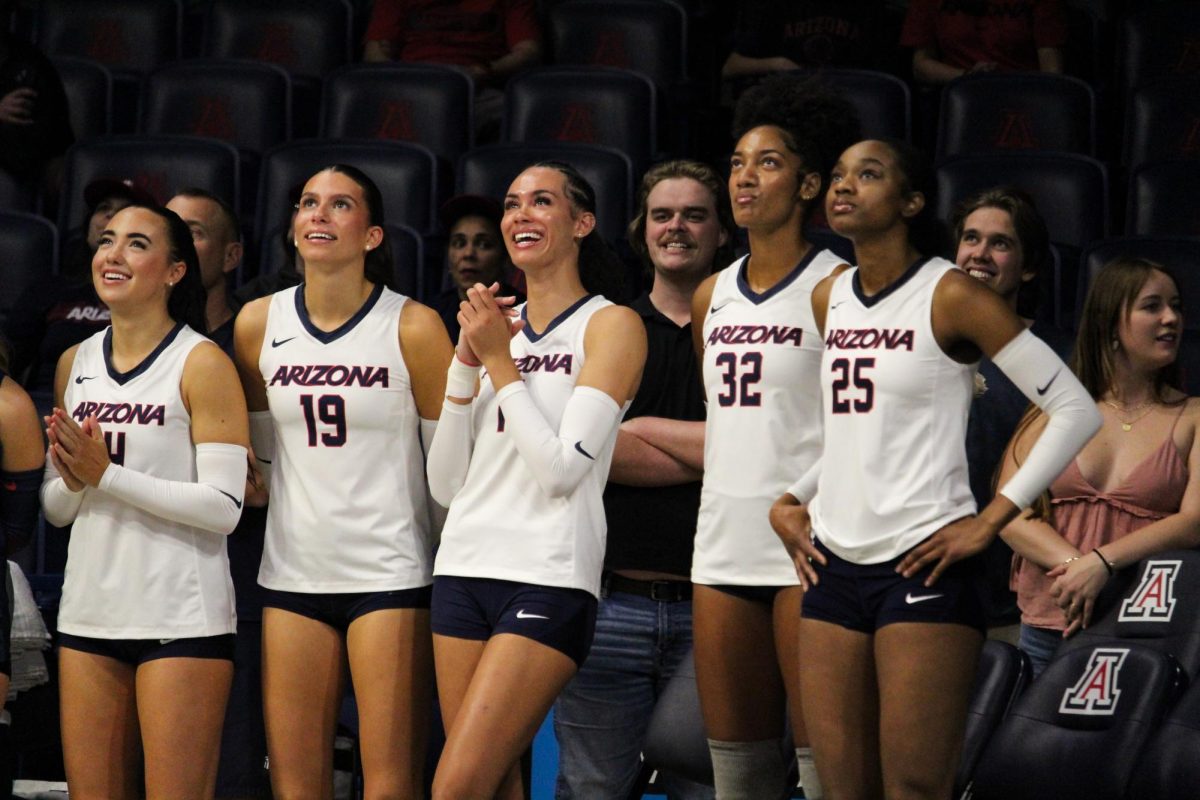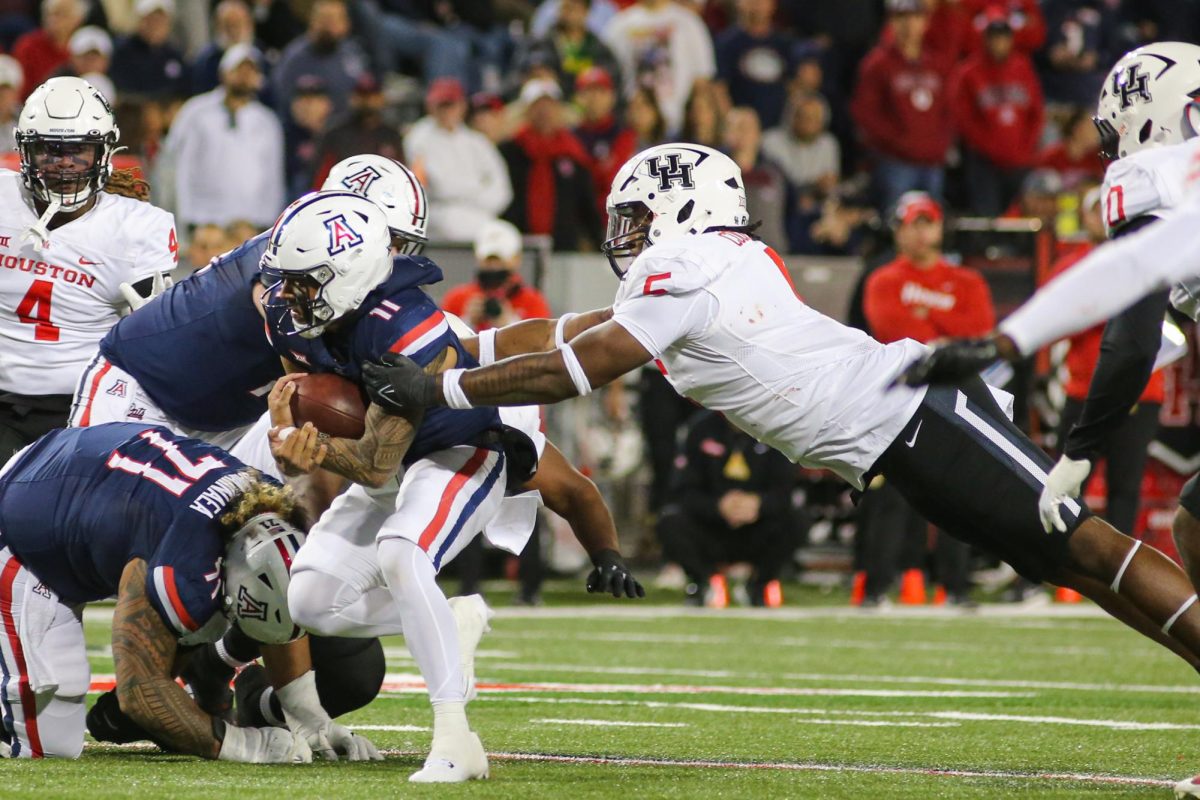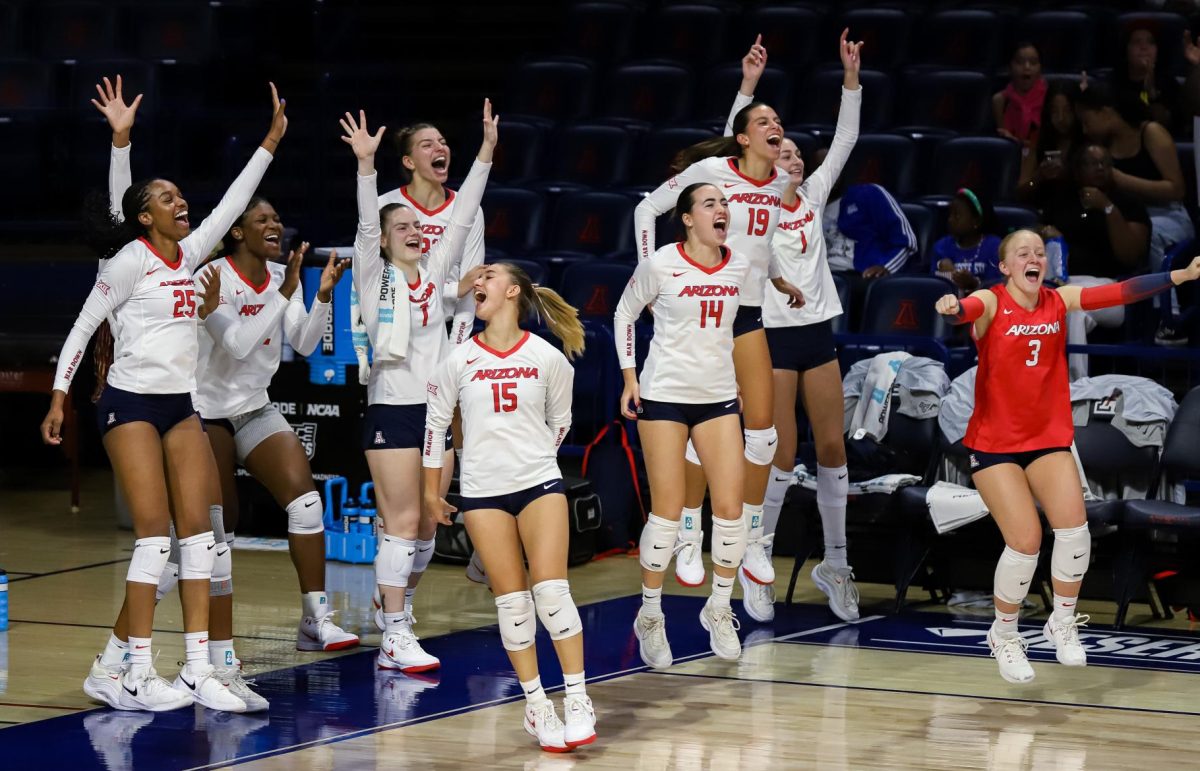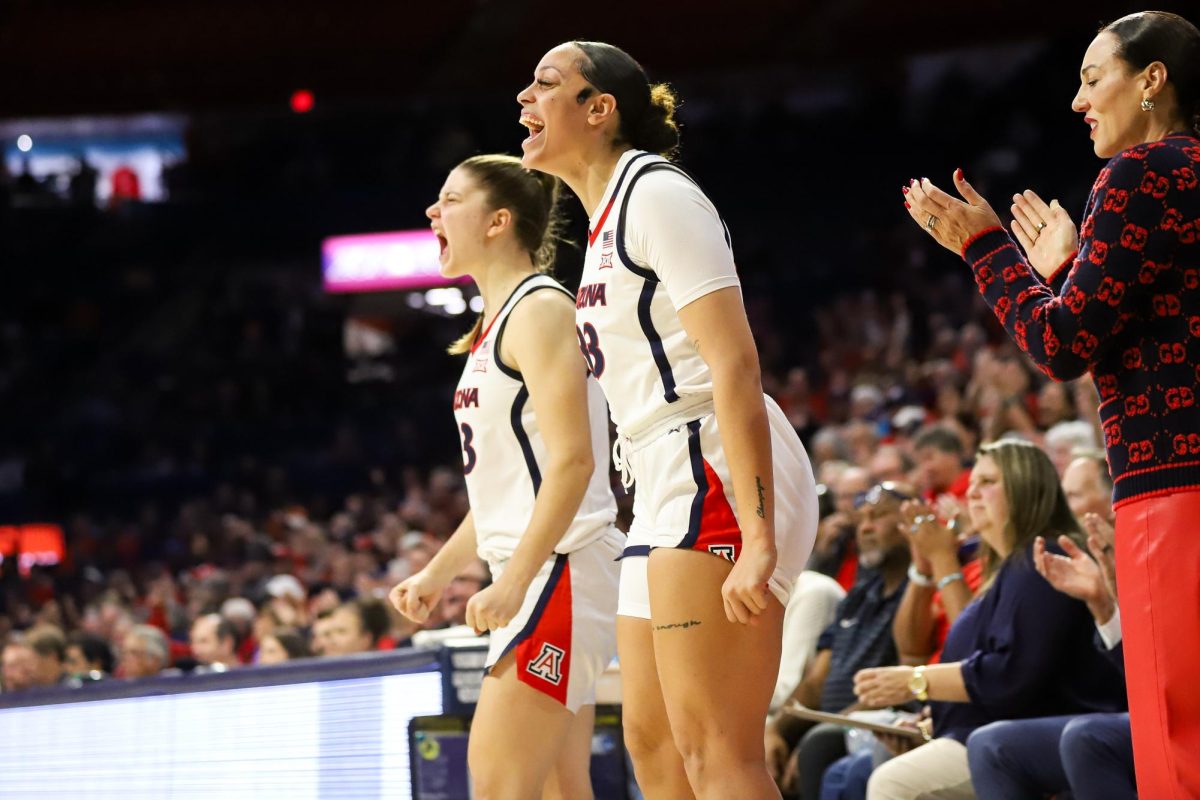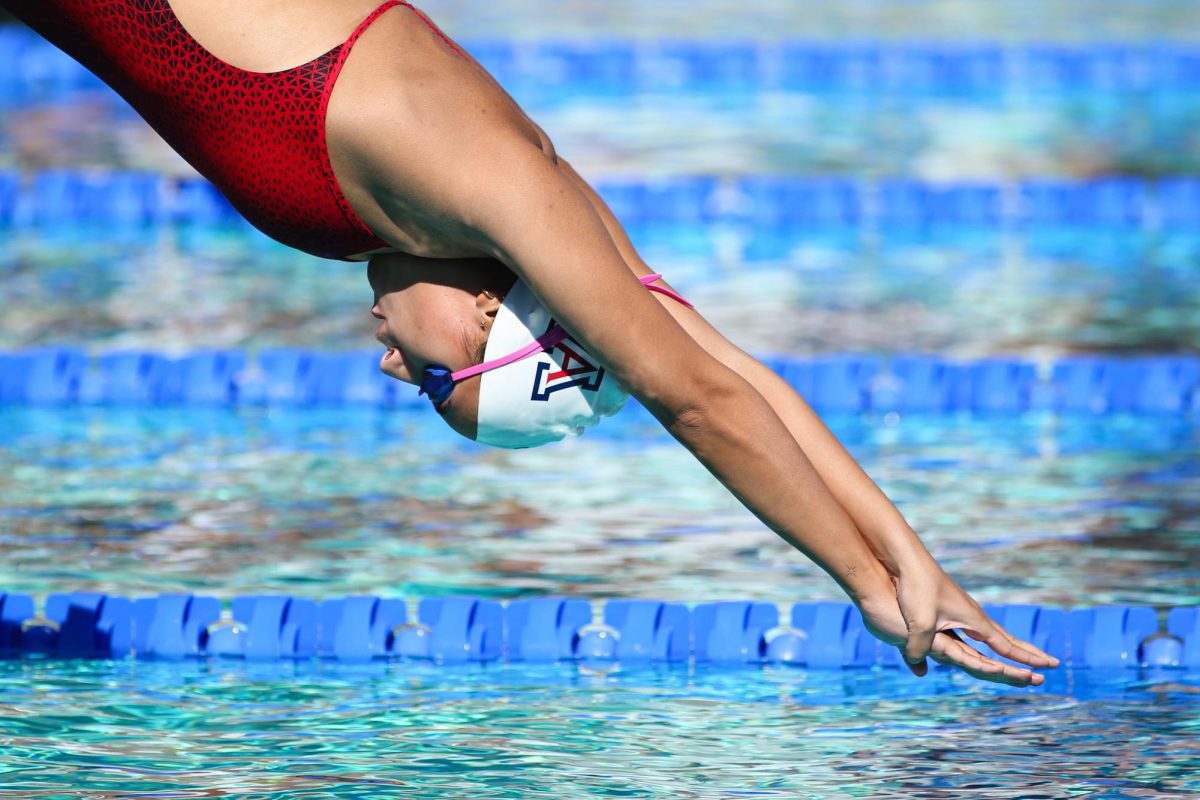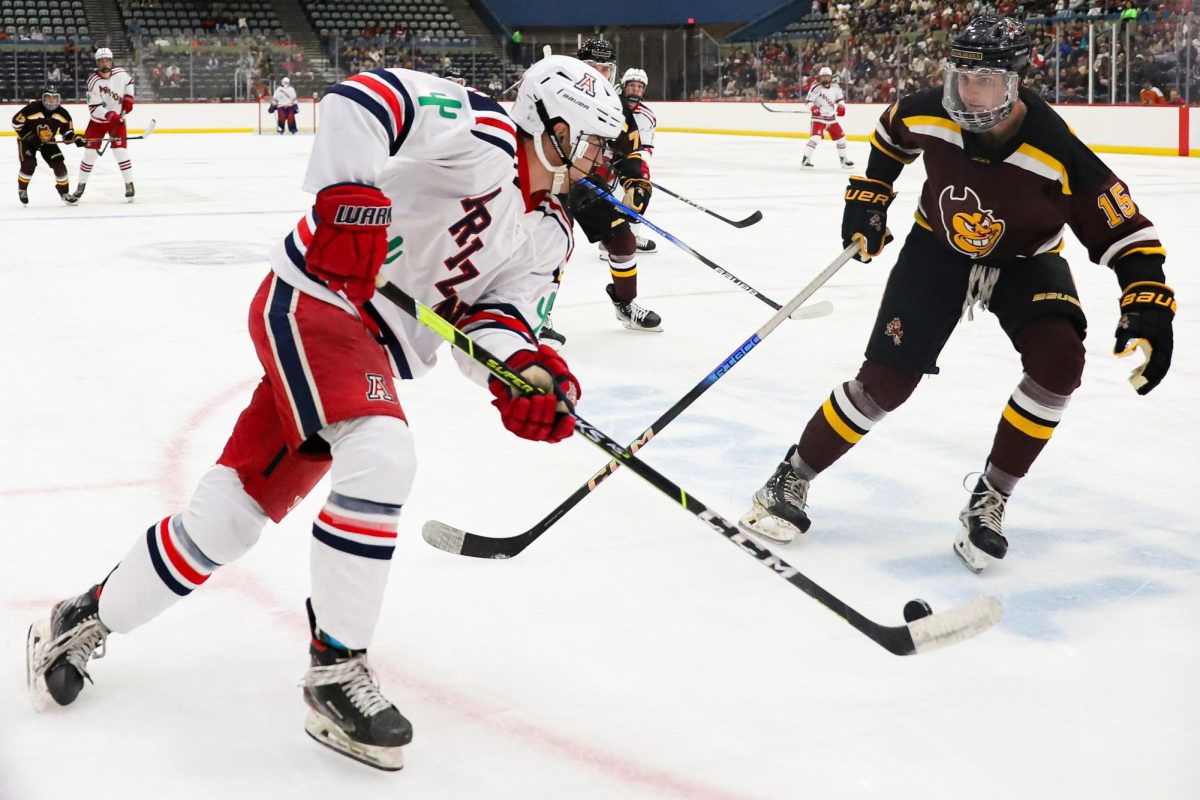The season is over for Arizona men’s basketball after an 89-68 thumping at the hands of Buffalo in the first round of the NCAA Tournament. We took a look back and graded each position and broke down each player as well.
Guards: B-
Parker Jackson-Cartwright
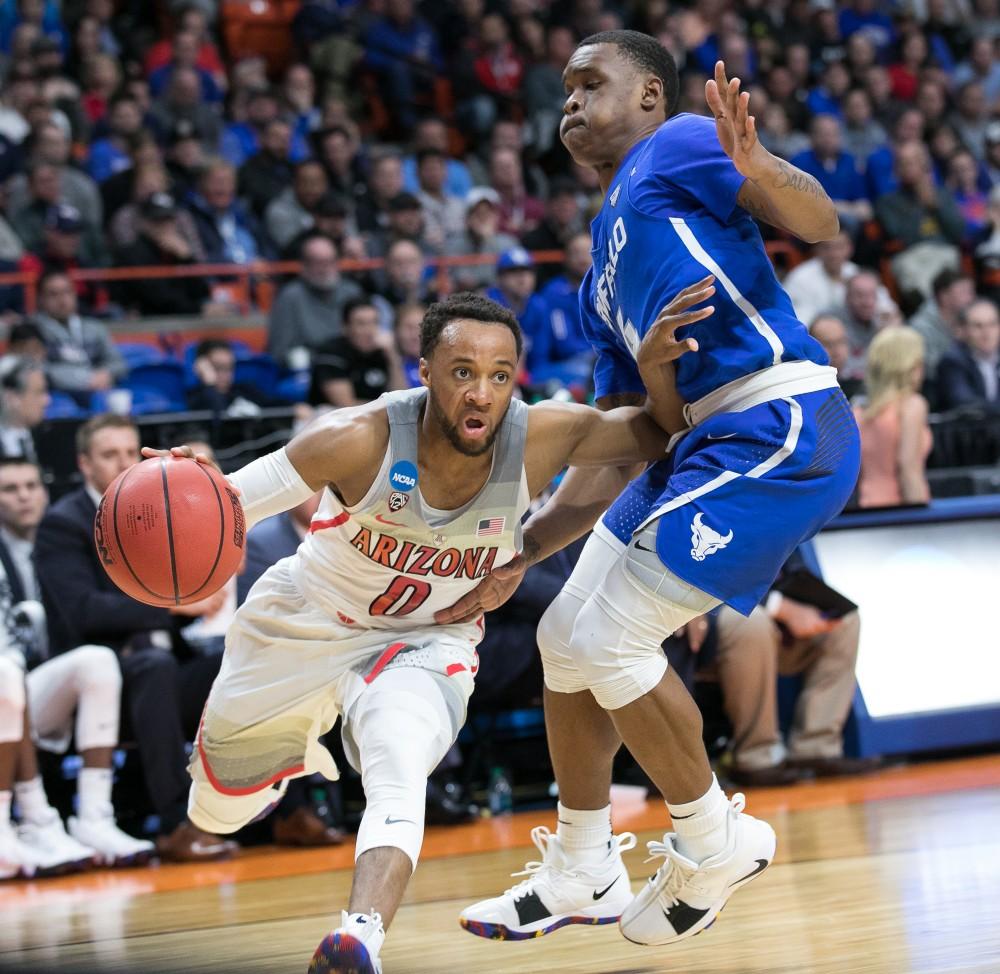
PJC was a serviceable point guard for Arizona. Considering his main job was to facilitate plays from Allonzo Trier, Rawle Alkins and star freshman Deandre Ayton, Jackson-Cartwright averaged 4.5 assists per game, which would point to solid production. However, late in the season due to the struggles of Trier and Alkins, PJC was asked to score more — which he did — averaging just under 12 points per game in the Pac-12 Tournament, an increase from his 7.8 ppg during the season.
However, PJC’s inability to produce more effectively for his teammates and inconsistency on defense reared its ugly head during the season when Arizona would find itself in the midst of poor play. Nothing showcased that more than the loss to Buffalo. Bulls’ guards routinely beat Arizona guards off the dribble for lay-ups and 3-point shots, which led to the Wildcat’s demise.
Allonzo Trier
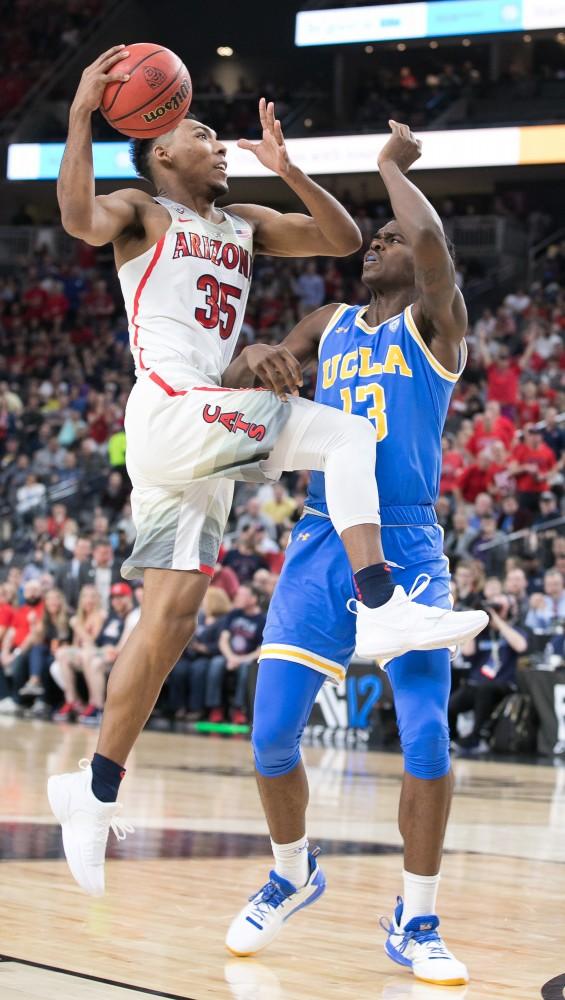
Trier’s three years at Arizona were mixed with ineligibility, inconsistency and chemistry issues. One of the more efficient guards in the country, Trier had a rough stretch in the team’s last five games of the year, scoring in double-figures just twice.
This season, when the team needed his point production most, Trier wasn’t nearly the offensive cog that he had been during the regular season. In the final three games of the year, his point production was 9 (UCLA), 9 (USC) and 10 (Buffalo). The first of those two were masked by 32 points in each game by Ayton. The last ended Arizona’s season.
Trier struggled with one-on-one matchups against Buffalo. His quickness was not enough to get around Bulls’ defenders. The constant pressure eliminated him, for the most part, from the game and was a contributing factor to the early exit for the Wildcats. His outside shot missed the mark in the past weeks as well and during an inopportune time.
Still, Trier was one of the better guards in the country in efficiency and during Pac-12 play averaged percentages of 50 (field goal), 40 (3-point) and 90 (free throw).
Rawle Alkins
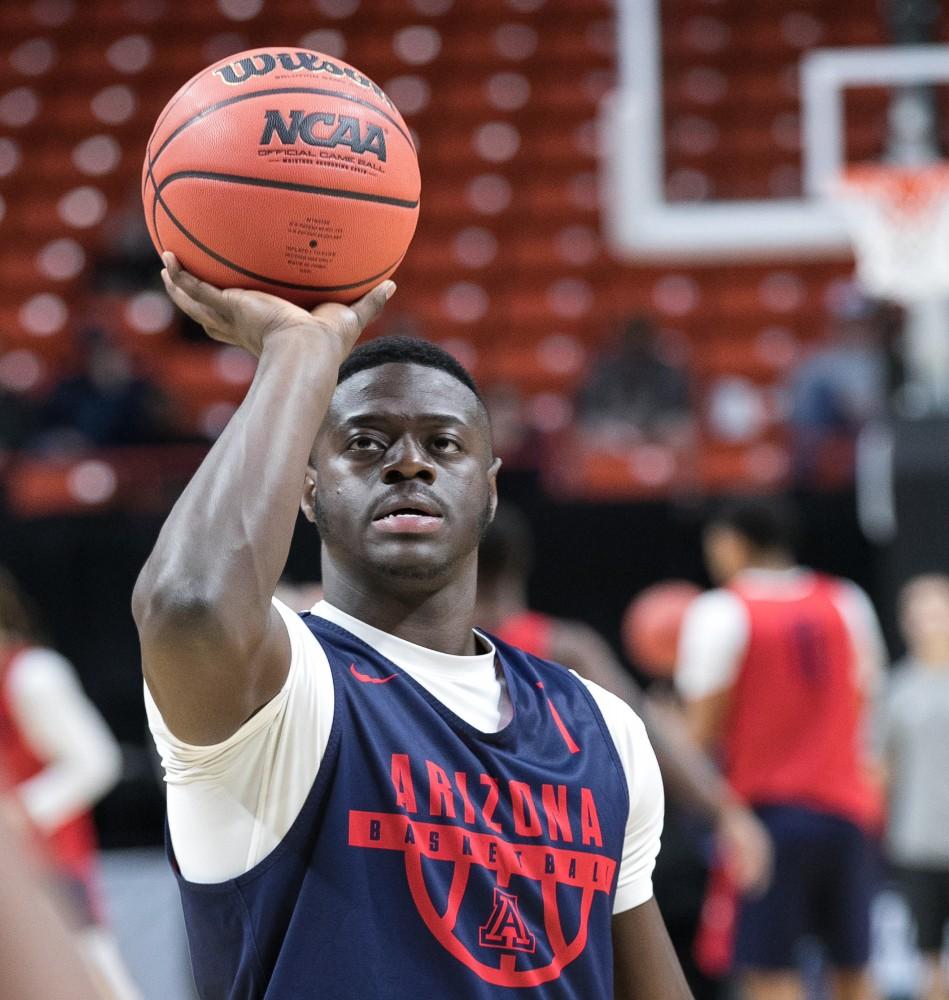
Alkins came back from foot surgery at the tail end of non-conference play and provided a boost. Many thought Alkins’ return would solidify Arizona as a top ranked team, but it wasn’t the case. Alkins definitely had flashes — 26 points at New Mexico, 22 at Utah, 24 at Oregon — and who can forget that thunderous game-changing dunk against USC in the Pac-12 Tournament Championship.
However, a closer look at his stats tell you the story of a player that struggled to regain the form he had from the year prior. Though he averaged more points and minutes this season, Alkins was statistically worse in field goal percentage, 3-point percentage, free throw percentage, rebounds per game and turnovers per game. Combined with Trier, the two wings struggled not only offensively but defensively. This was a primary reason for the inconsistency on the court for Arizona, especially in the latter part of the season.
Alkins is a projected second round draft pick by most scouting services. Arizona head coach Sean Miller has already said Alkins will not be back next season.
Brandon Randolph
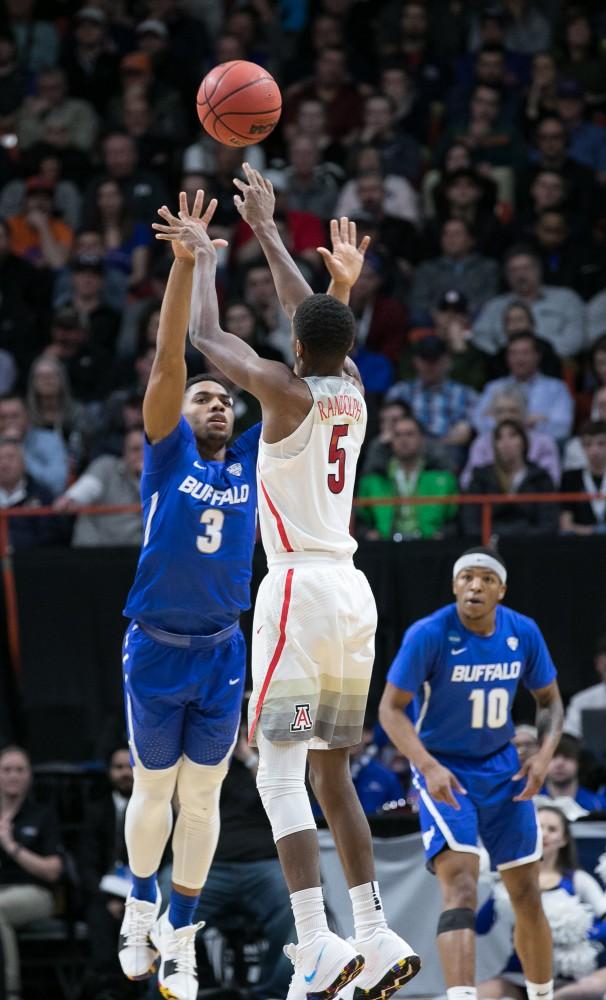
Randolph lit it up in Spain, had 17 points against Purdue in the Bahamas, put up 13 against Texas A&M and Alabama and then seemingly was never heard from again. Alkins’ return had a lot to do with that, but some of the responsibility has to go to Miller for not developing and trusting Randolph during the season.
His scoring disappeared post-Alkins, but most of that could be attributed to sporadic minutes during the season. His development heading into next year will be as crucial as any single player moving forward.
Emmanuel Akot
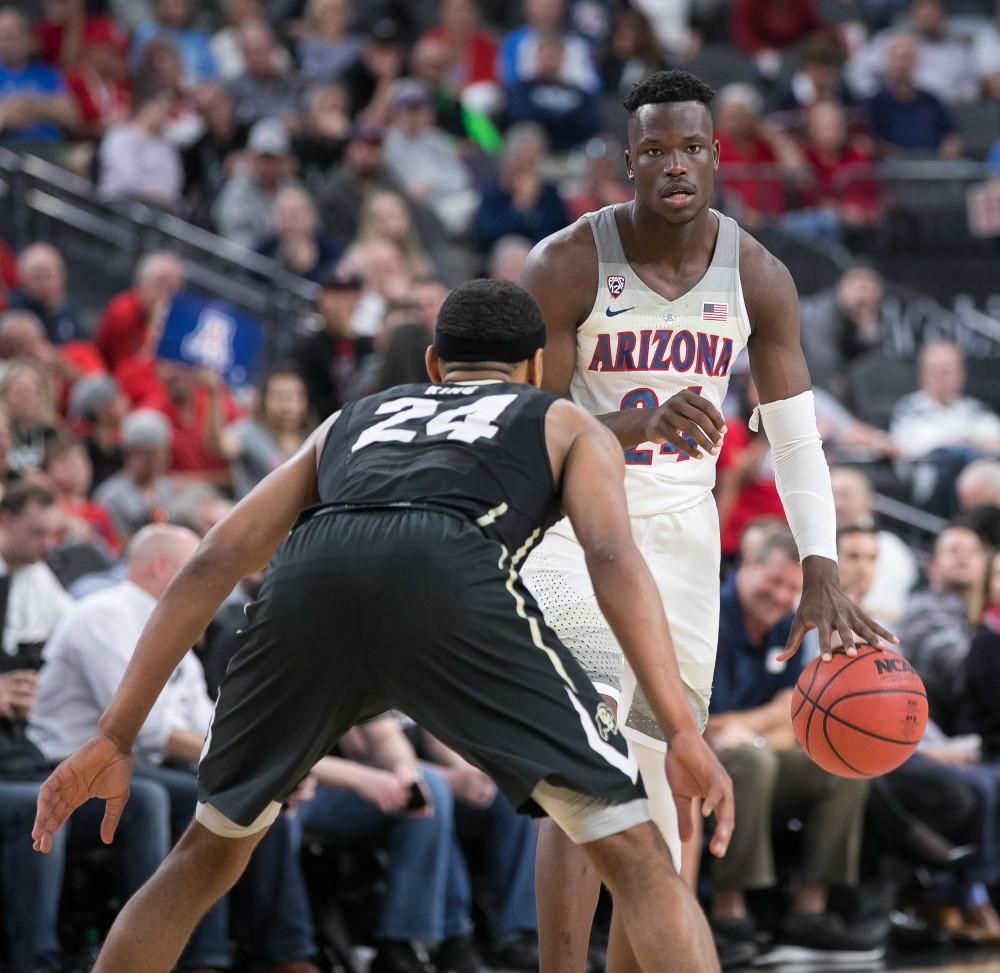
The same development statement can be said about Akot. Akot struggled with tendinitis for most of the season, but appeared to be the one freshman Miller felt comfortable with playing off the bench toward the latter part of the season. Versatility and length were key factors for Akot getting more minutes in Pac-12 play than any other freshman not named Ayton.
Akot falls into a similar category as Alkins, despite minutes, Akot never showed the ability to do any one thing at a high level. However, his ball handling is better than any of the wings Arizona had and will be vital next season in terms of play-making ability.
Alex Barcello
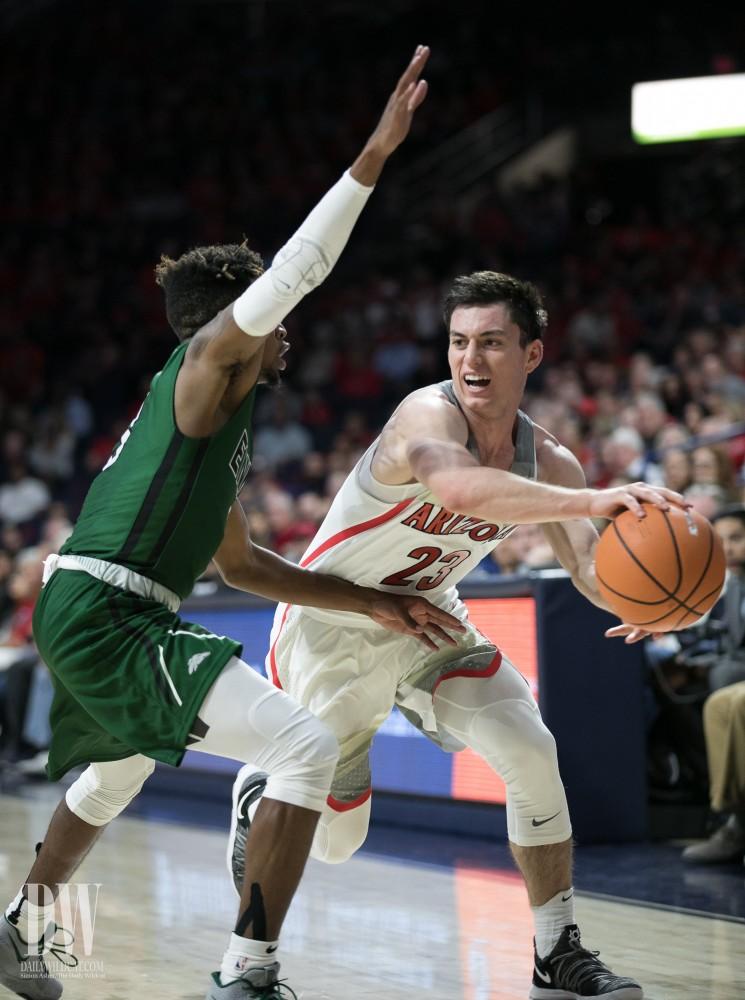
Barcello had a rough season. The freshman from Corona del Sol High School never found his footing and saw his minutes almost completely vanish once Arizona got to league play.
The bright spot for Barcello is that he is without a doubt the leader in the clubhouse for the starting point guard position as of now. His work heading into next season will determine whether he stays there or not.
Physically, Barcello is athletic enough to compete with any guard in the country. Confidence-wise, Barcello has a lot of ground to cover.
Dylan Smith
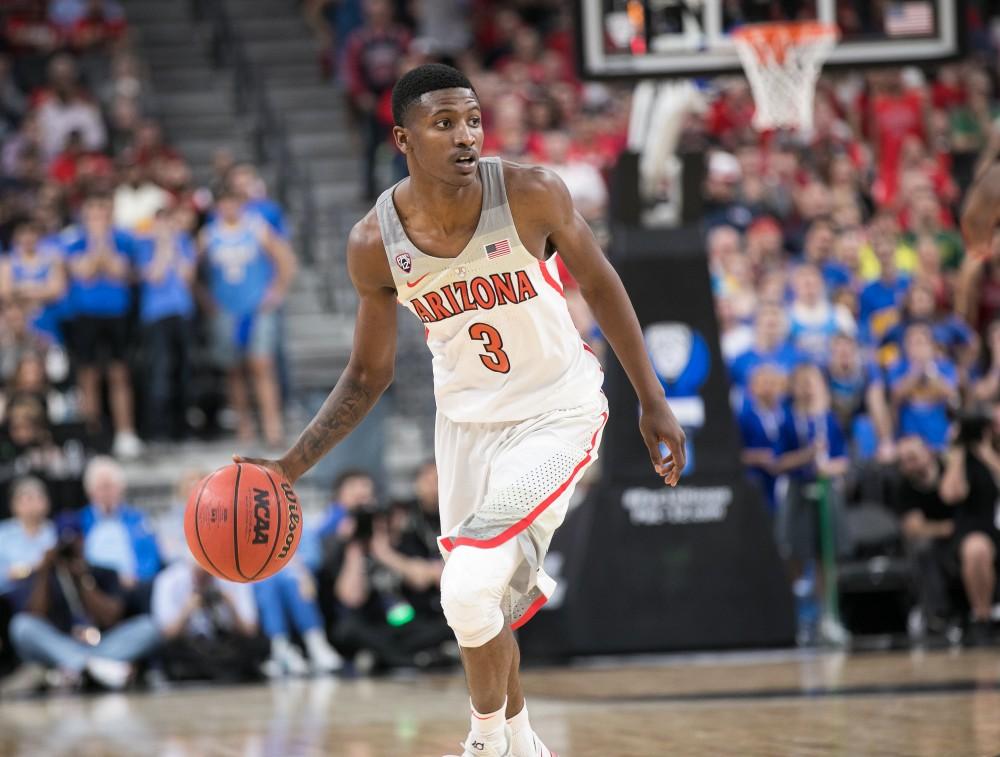
Smith had his moments, both good and bad, on the court this year. Turnovers plagued the UNC Asheville transfer early in the season but he was able to settle down and hit key baskets in moments during the year.
For Smith to get substantial playing time next season, he’ll have to continue to get better on defense and become more consistent shooting the ball, mainly inside the 3-point line.
Forwards: A
Deandre Ayton
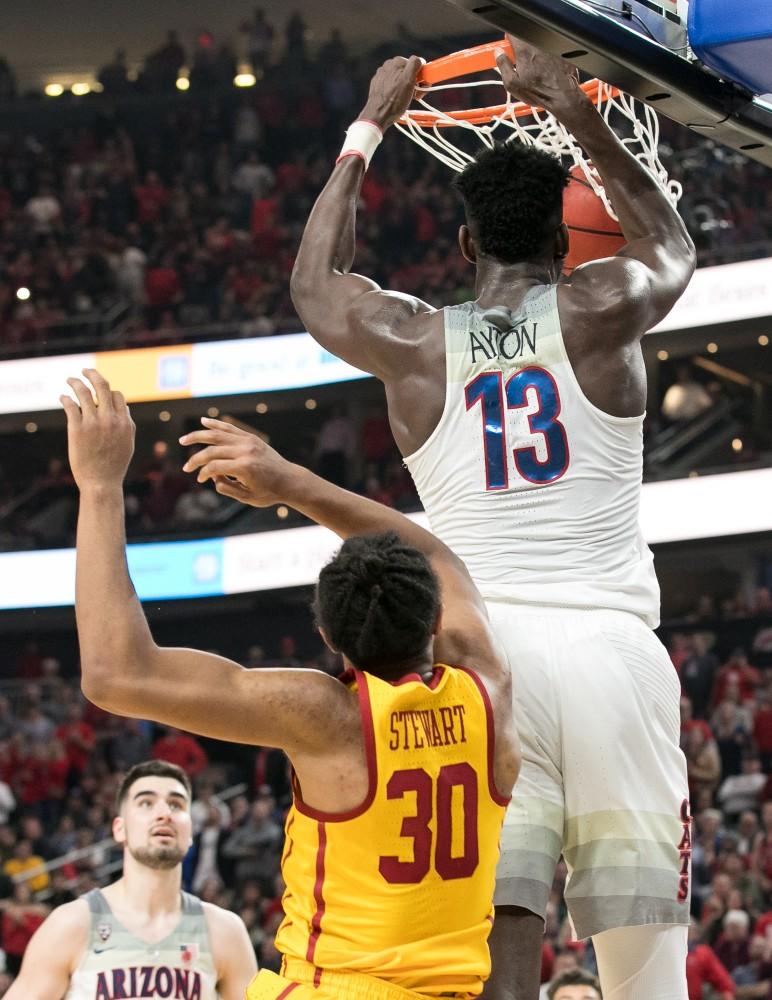
It isn’t often you get a talent the caliber of a Deandre Ayton to walk through the doors of McKale Center. The Pac-12 Player and Freshman of the Year was as dominant a force as there ever was for Arizona. The first player since Al Fleming to post over 20 points and 20 rebounds in one game, Ayton was a virtual double-double machine, smashing the freshman record once held by Jordan Hill.
Ayton was also a finalist for the Naismith Award for the nation’s top player and is expected to be named an AP All-American after receiving similar awards from the Sporting News and United States Basketball Writers Association. He is expected to be one of the top picks in this year’s NBA draft.
Keanu Pinder
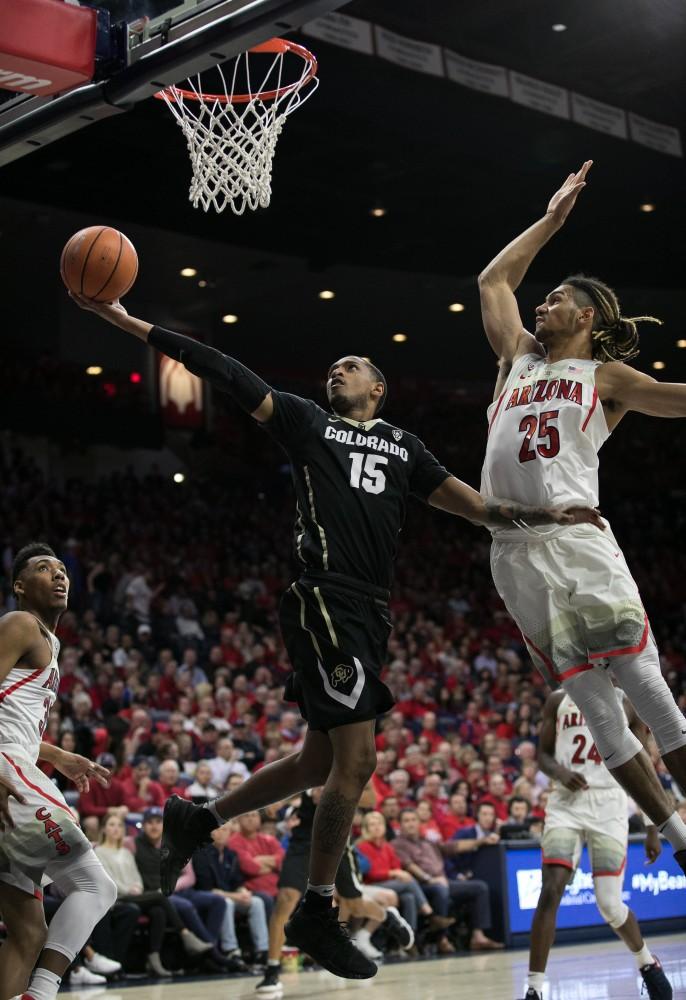
Pinder came on late in the season after, apparently, being in the doghouse with Miller. After missing a game due to an NCAA violation, Pinder returned and steadily increased his minutes on the floor with his defensive abilities.
Offensively, Pinder did very little to pose as a threat outside of the occasional slam dunk. His prospects at the next level, particularly overseas, should be good due to his size and length.
Ira Lee
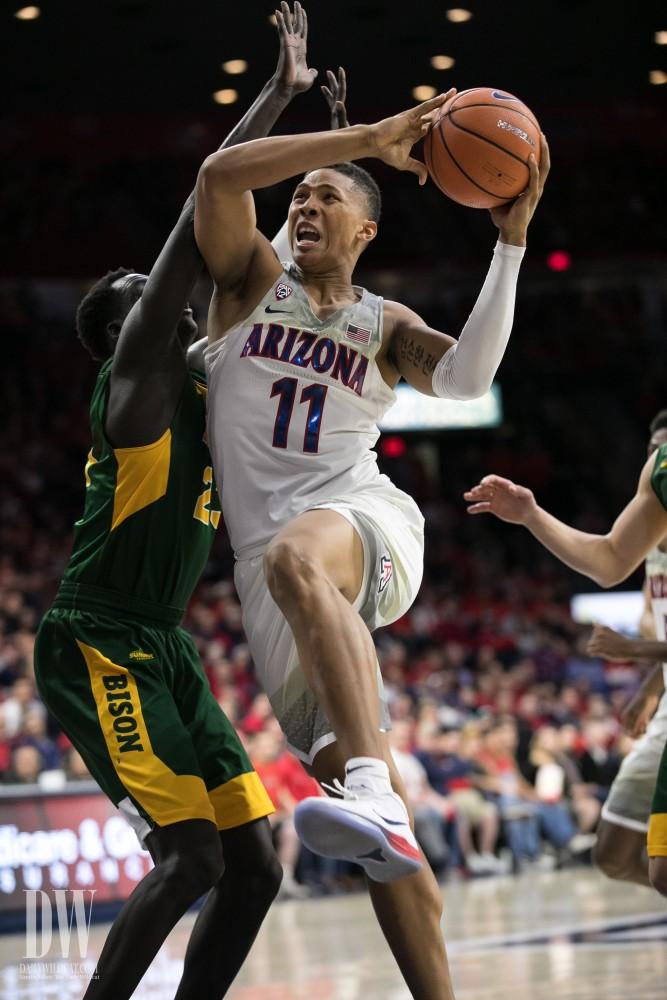
Lee was energetic but inconsistent, as you would expect from a freshman. Never one for backing down to an opponent, Lee struggled to find his way into the lineup consistently. After suffering a concussion late in the year, Lee never saw the floor again in meaningful action.
His development in shooting will be as important to his playing time as any other single skill. He will be looked at to provide energy and toughness as a potential starter next season.
Center: B+
Dusan Ristic
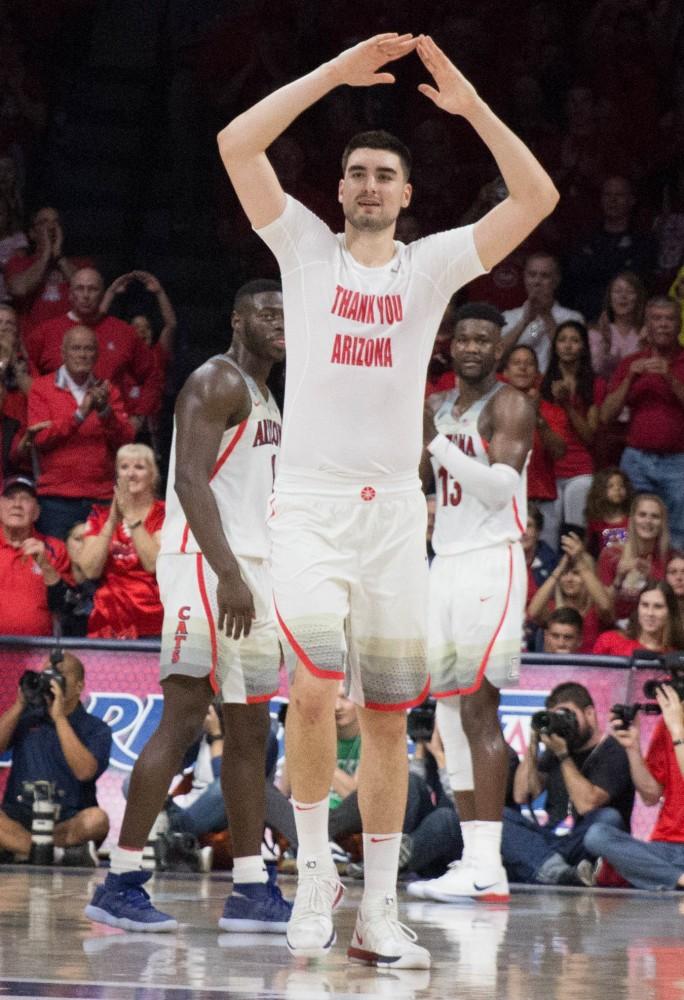
Nothing more could have been expected from the senior out of Serbia this season. Ristic found his groove this year, highlighted by an epic 3-point barrage against Utah in McKale that will be his calling card for years to come. The reason he was rated ‘B+,’ and not an ‘A,’ was for the simple fact he wasn’t as strong of a defensive factor as you’d like from his position.
Depth was also an issue. Outside of Ristic and Ayton moving over, the Wildcats had no other answer at center. Still, this position was an upgrade over years past due to the offensive abilities of Ristic, one of the few undeniable pleasures from the season.
Coaching: C
Sean Miller
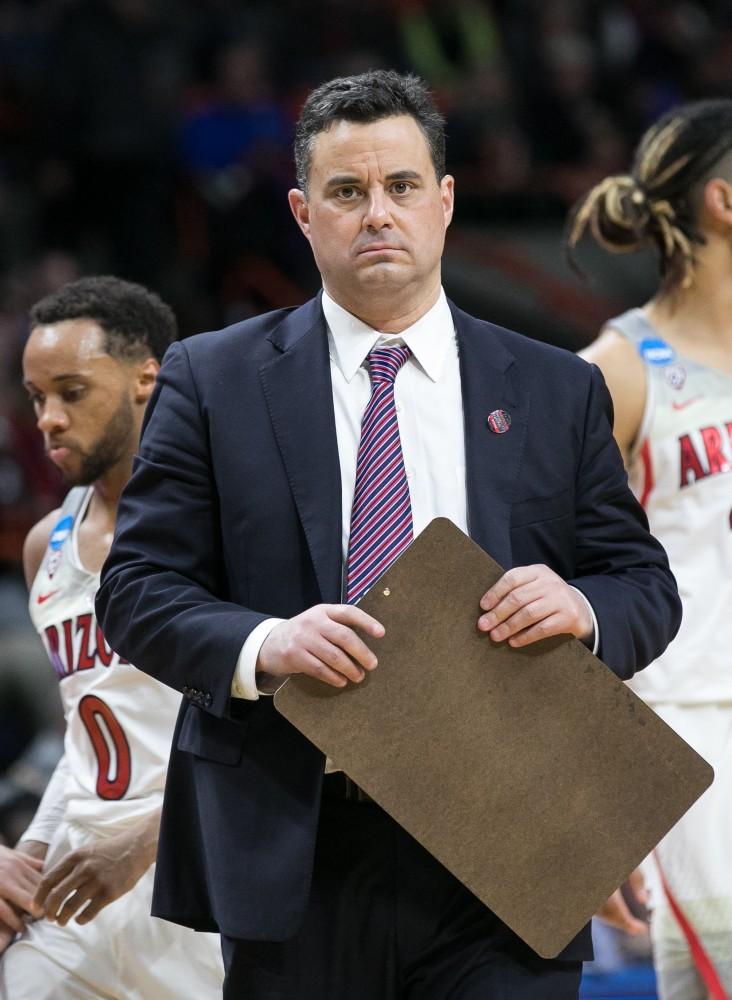
Distractions were aplenty for Arizona this season, and that falls squarely on head coach Sean Miller. Fair or not, the looming cloud of the FBI investigation into the potential corruption and bribery in college basketball weighed upon the entire program —a weight that was too much to bear when the first round of the NCAA tournament came calling.
Miller, a hard-nosed defensive coach, is at a crossroads in his career. With limited options, his job has been made more difficult than ever before. Recruits are scared and the fan base is fearful of what may come next.
He has struggled to get anywhere close to the Final Four since the 2014-15 season, losing to double-digit seeds in three consecutive years, none of which were from a Power 5 conference.
However, despite the turmoil from within, Miller was able to lead Arizona to back-to-back Pac-12 regular season and tournament titles. What happens next may determine the future of the program. Arizona is teetering on the brink of irrelevancy if it can’t sort out its hurtful 2017-18 season.
Follow Saul Bookman on Twitter



